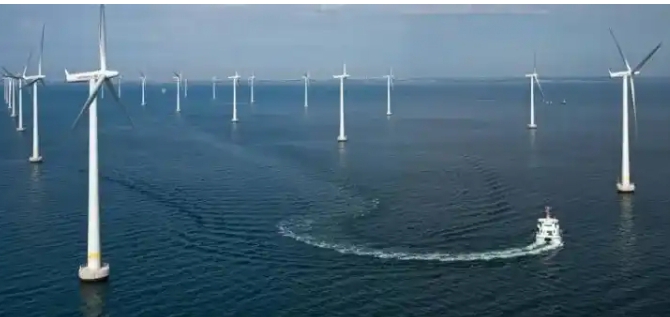Apply for the Bell Challenge on Renewable Energy
Deadline: January 23rd
For the Bell Challenge on Renewable Power Generation, Bell Canada is accepting submissions.
Bell is committed to becoming carbon neutral in its operations by 2025 and to meeting a science-based emissions reduction target (SBT) in line with the 1.5°C warming scenario by 2030.
Bell looks for customized technical solutions to help it accomplish its network’s development and sustainability goals while achieving its lofty goals. For part or all of the 4,600 buildings and shelters, Bell aims to implement a strategy that combines dependability and efficiency with the deployment and integration of new technology.
Bell is very interested in the following developments and technologies:
electricity generating with renewable energy
Justification: Bell may incorporate renewable energy sources with utility power to lessen its carbon footprint. Solar, wind, on-site hydrogen synthesis and storage using fuel cells, and other renewable energy sources are available.
Constraints: There isn’t much room for “green” infrastructure, like as solar panels, and Bell structures often use too much energy to rely only on renewable sources.
With the majority of sites in Ontario and Quebec and a sizable number of sites in Manitoba and the Atlantic provinces, Bell and its subsidiaries own and lease facilities all over Canada.
The electrical load varies significantly between sites. In the 100 kW to 1 MW range, there are roughly 600 to 700 sites, and in the 30 kW to 100 kW range, there are 1600 to 2000 sites. The network equipment at sites normally uses 48 Volts DC power, with the remaining load coming from AC power (347/600V, 120/208V, or 120/240V).
IT and telecom equipment is cooled by air. Bell facilities don’t have any equipment that is liquid-cooled installed.
- Bell is therefore looking for solutions to improve energy management in its buildings housing server rooms and other related equipment used to support its network and thus minimize energy consumption and carbon footprint. Bell would like to implement a more integrated approach between network / IT equipment and the buildings hosting it, in order to reduce the corresponding energy needs while ensuring the reliability of the systems.
- The proposed solutions will have to take into account the current and future legislative context (in particular, at the level of refrigerants, abolition of halocarbons, alternative energy sources (natural gas, renewable, etc.). The latter must also have a favorable impact on reducing energy consumption, including fossil fuel consumption.
Benefits
- As part of the LCBA Canada Project you may have the opportunity to:
- Pilot or deploy your solution with Bell, if your solution is selected and deemed suitable.
- Meet new customers and explore new markets for your solution.
- What the LCBA Canada Program Offers:
- Participation in a high-quality EU programme that seeks to streamline state-of-the-art technologies and sustainable solutions into the Canadian Market;
- Tailored delivery of technical assistance and business coaching to enable Joint Business Concepts (JBCs) between EU SMEs & Canadian Buyers.
-
- The opportunity to work directly with a Canadian buyer that is actively seeking innovative solutions.
Eligibility Criteria
- You could be eligible for support to access the Canadian markets from the LCBA Canada Project, if you satisfy the following criteria:
- EU Company Size: Applicant is a company with less than 500 employees and annual turnover not exceeding 300 Million EUR.
- Geographic Location: Headquartered in one of the 27 EU Member States.
- Ownership: Possess majority corporate ownership by EU nationals.
-
- Environmental Solutions: The company offers low-carbon or circular economy solutions.
- Whether or not you have experience outside the EU: companies that present a relevant, innovative technology with high environmental and commercial potential are also eligible to participate. Having experience working outside the EU is an added value to the application.
Response Criteria
- The cost of the solutions should be subject to a break-even point based on an investment-benefit analysis including, but not limited to, the following aspects:
-
- Impact on climatic conditions
- Total CO2 reduction
- Cost per ton of CO2 reduction
- Total cost of acquisition and maintenance
- Bell is interested in solutions at the research and development / pre-commercial / already commercial stage. While it would be preferable to aim to integrate solutions that have already been proven in the short term, Bell is open to supporting the development and testing of new technology as long as it is in line with the objectives and timelines of this project.
For more information, visit Bell Canada.
For More Details, News.Tips and Answers to your Questions on this Post and other FG programmes, Policies, Jobs, Grants and Loans & To WIN AWUF PRIZES
